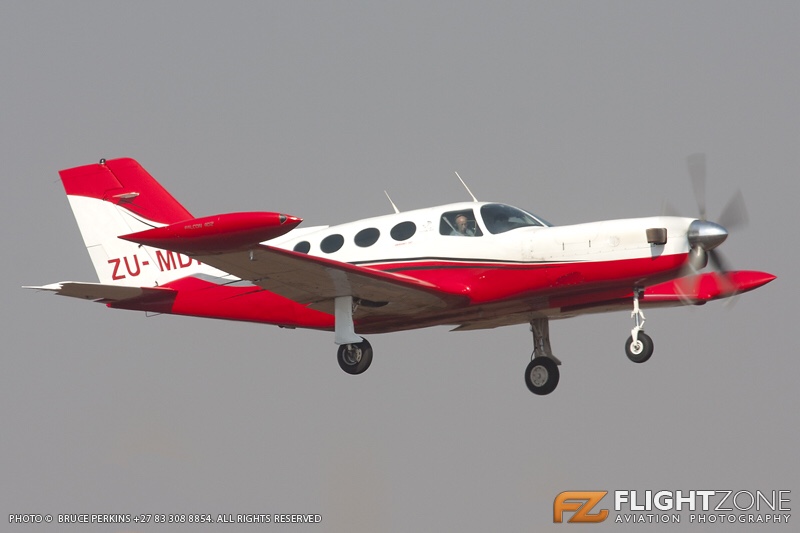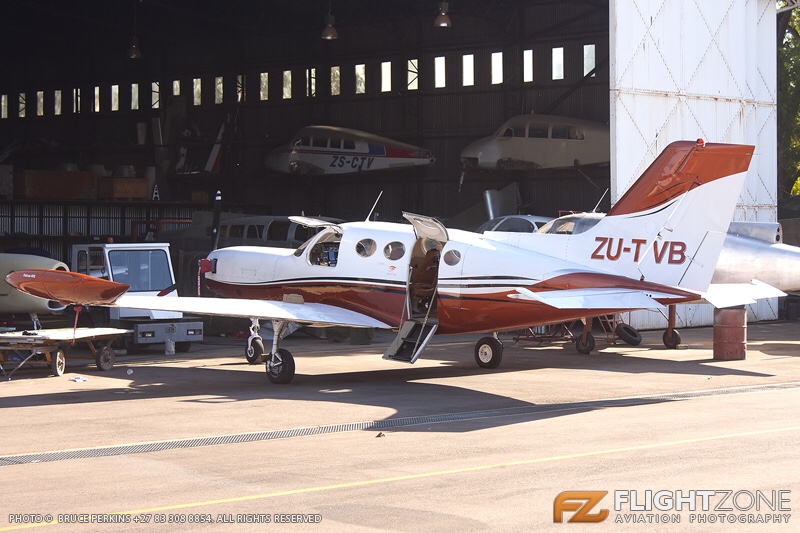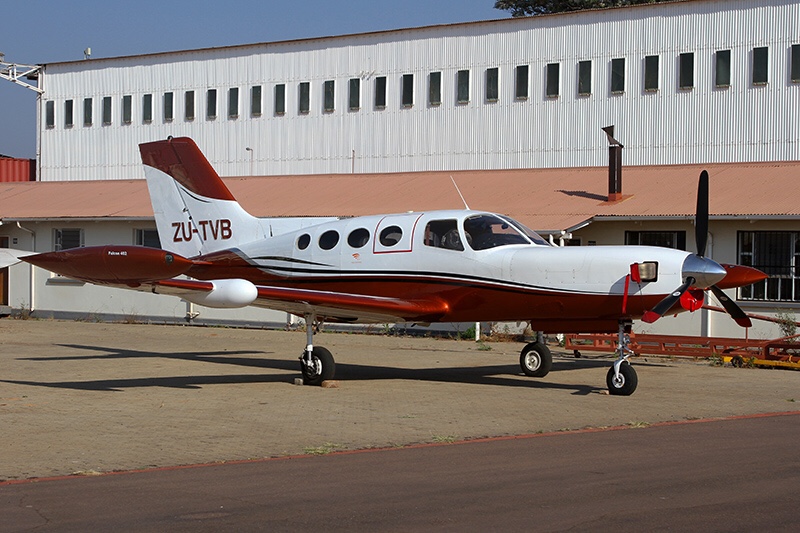I under stand the overhaul coat and hot section cost. Are there other normal day to day cost that I'm missing?
As someone else mentioned previously, the operating costs of a turbine single are much higher than a piston aircraft. The fuel is the least significant of those costs and you can mitigate that by subscribing to one or more contract fuel programs. The additional variable costs that you should be thinking about are:
1. Unscheduled maintenance reserves;
2. Avionics maintenance reserves;
3. Scheduled maintenance and correcting airworthiness items;
4. Routine engine maintenance, such as compressor washes; and
5. Higher handling and overnight fees at FBOs.
In addition, the fixed costs are higher. Insurance will be more expensive, as will the cost of the hangar for the airplane.
I disagree with the people who say that you should be looking at legacy twin turbine aircraft. The acquisition costs are low for a reason. I looked at an MU2 and a Commander 1000 and the maintenance schedules and costs would have eaten me alive. In addition, to feed and care for two turbine engines is going to almost double the cost of operating the airplane. When things go wrong on turbine engines, it is very expensive to fix them. Even routine maintenance is significant. I did not want to double the chance that I was going to have to write a REALLY big check!
Also, people are comparing a new single engine turbine airplane to a legacy twin turbine. The more realistic comparison is a 2001 to 2007 single engine turbine to a 1980s vintage twin turbine. Others may have different experience, but my experience is that older airframes cost more to maintain.
However, this is a really fun analysis to go through and you should explore all of your options so that you walk into your decision with your eyes wide open.
Abram Finkelstein
EA50
N48KY






